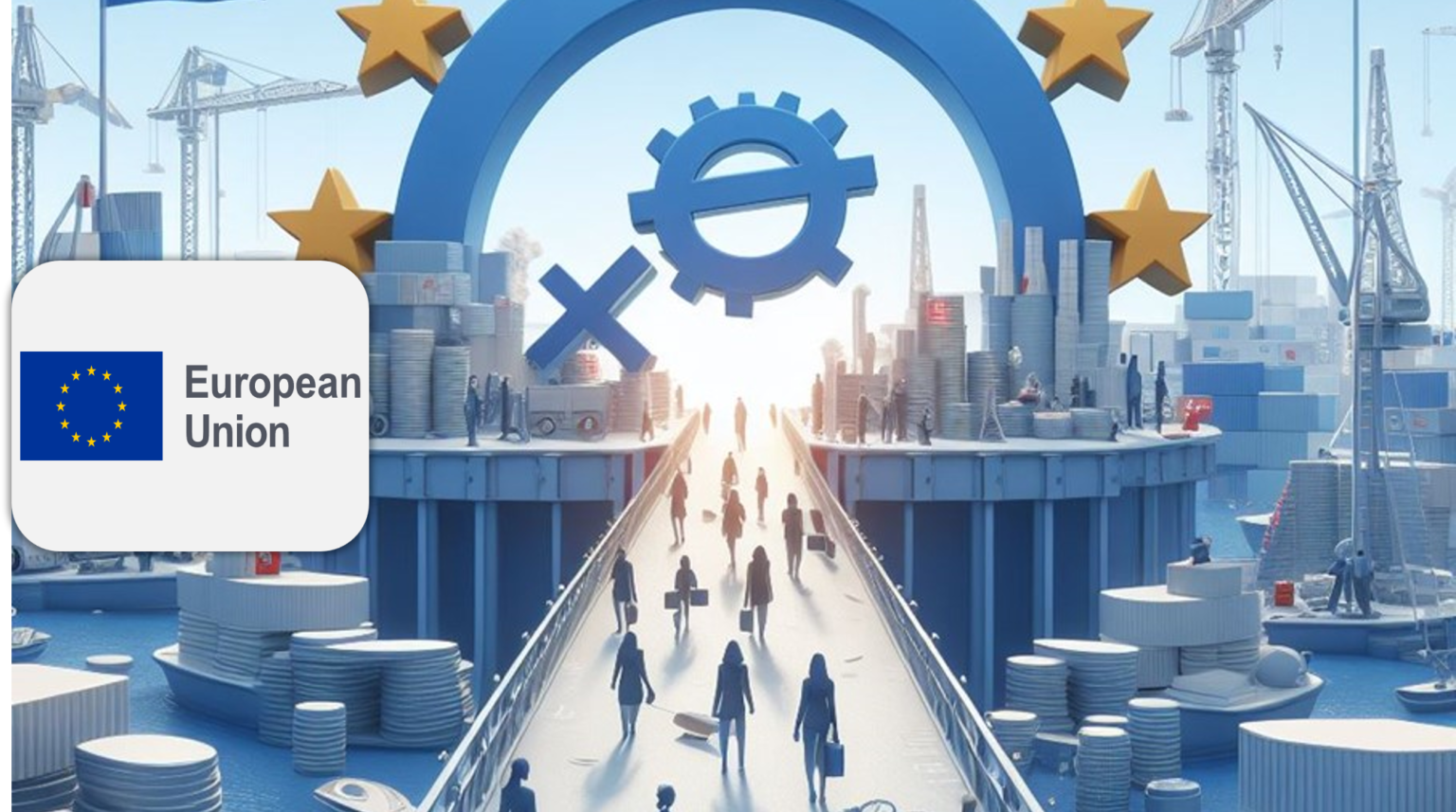In the ever-evolving landscape of workplace equality, the European Union (EU) has been a pioneer, introducing the principle of equal pay for equal work back in 1957. However, despite these efforts, the gender pay gap remains a persistent issue, casting a shadow over the workplace. This article takes a comprehensive look at the current state of the gender pay gap in the EU, analyzing statistics, exploring its nuances, and delving into recent legislative initiatives.
The Ongoing Struggle: A 67-Year Battle
Even after 67 years of introducing the equal pay principle, the gender pay gap continues to haunt the European workforce. Shockingly, women within the EU still earn, on average, 12.7% less than their male counterparts. This disparity becomes even more glaring in the technology sector, where the gender pay gap more than doubles, emphasizing the urgent need for a closer examination of the dynamics at play.
Statistical Insights: Exploring the Numbers
A report by the compensation platform Ravio provides an in-depth analysis of the European median gender pay gap, revealing a staggering 26% overall. However, this is not a uniform challenge across all EU countries. France grapples with an 18% gap, the Netherlands faces 23%, Germany contends with 25%, and the UK experiences a significant 29% gender pay gap.
On a positive note, as we ascend the corporate ladder, the gender pay gap tends to decrease. At the executive level, there is a commendable 0% gender pay gap, signaling a more level playing field for women in top leadership positions. The gap widens slightly at the manager level, reaching 17%, and further to 22% at lower job levels.
Interestingly, when it comes to promotions and promotion-related salary increases, there’s minimal statistical difference between genders, hovering around 1%. This suggests that, at least in terms of career advancement, both men and women face similar challenges and opportunities.
The Disheartening Correlation: Declining Representation
A closer examination of job levels and gender representation reveals a concerning trend. As job levels rise, the proportion of female workers decreases significantly. A mere 19% of executives and 35% of managers are women, highlighting a stark underrepresentation of women in leadership roles. This underrepresentation is particularly glaring in the tech sector, where women account for only 40% of the total workforce.
These statistics indicate that the gender pay gap is not solely a result of internal bias in salary adjustments and promotions. Instead, it is deeply intertwined with the hiring process, emphasizing the need for a holistic approach to address workplace gender equality.

Bridging the Gap: New EU Rules Take Center Stage
In May, the EU took a significant step toward addressing gender pay discrimination by approving a set of new rules designed to establish binding pay transparency measures. This legislation, set to be implemented across the bloc by 2026, grants employees the right to access pay information. Moreover, companies are mandated to take corrective action if their gender pay gap exceeds 5%, with fines and penalties in place for those failing to comply.
Surprisingly, the majority of respondents (69%) in a related survey expressed a lack of concern about the directive. The prevailing sentiment is that the legislation is deemed “too far away to be a priority.” Additionally, existing plans to address the gender pay gap before the law comes into force, along with already established pay transparency measures, contribute to this lack of distress.
However, for those expressing concerns, the primary issues revolve around transparency. There is a palpable need to make the framework and criteria for pay levels and career progression readily available to employees, addressing fears and uncertainties surrounding the impending changes.
Conclusion: A Pivotal Moment for Workplace Equality
As we stand at the crossroads of legislative changes and evolving workplace dynamics, the gender pay gap remains a complex challenge that requires nuanced solutions. While the EU’s new rules mark a significant stride toward transparency and fairness, there’s still work to be done to ensure that the workforce is not only aware of these changes but actively engaged in fostering an environment of equality.
By delving into the intricacies of the gender pay gap, we pave the way for meaningful conversations and actions. The persistent nature of this issue demands continuous attention, collaboration, and a commitment to dismantling barriers that hinder true workplace equality. As the EU moves toward a future of increased transparency, it is our collective responsibility to seize this pivotal moment and strive for a workplace where pay is truly reflective of an individual’s skills and contributions, regardless of gender.

Add a Comment